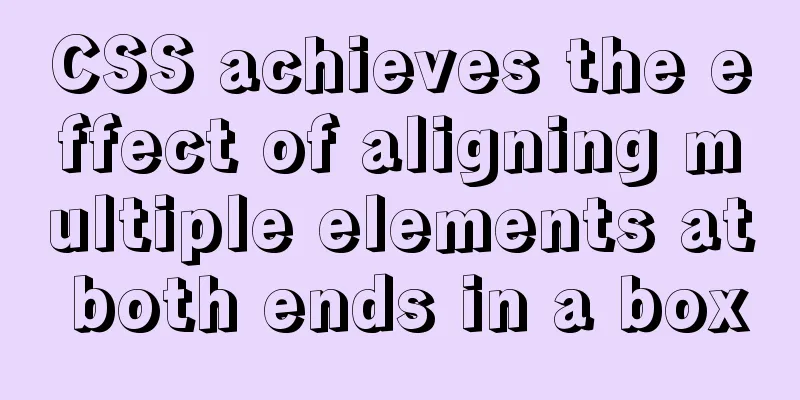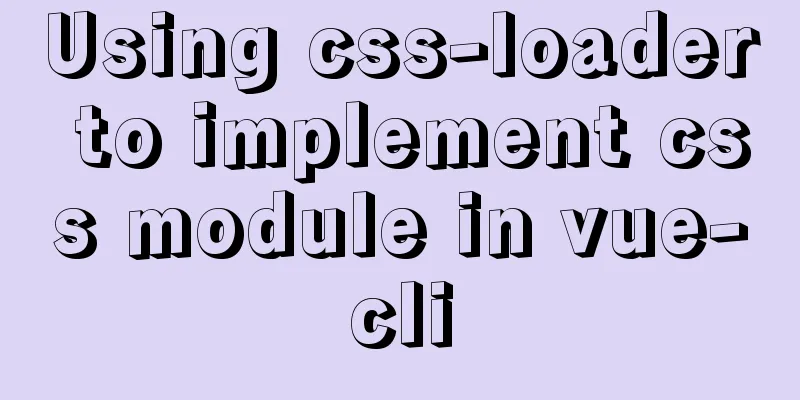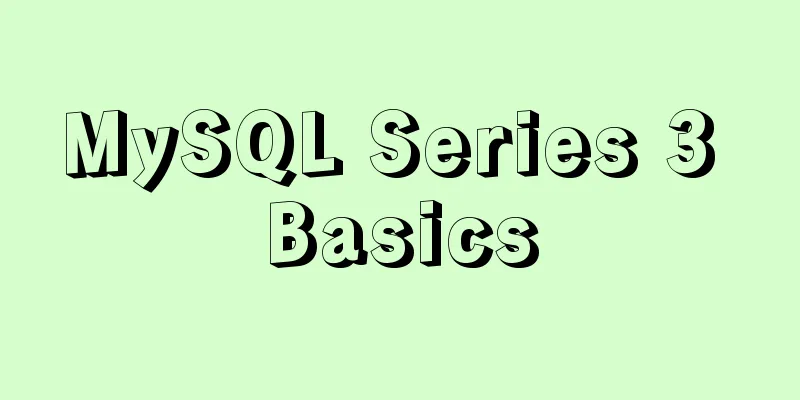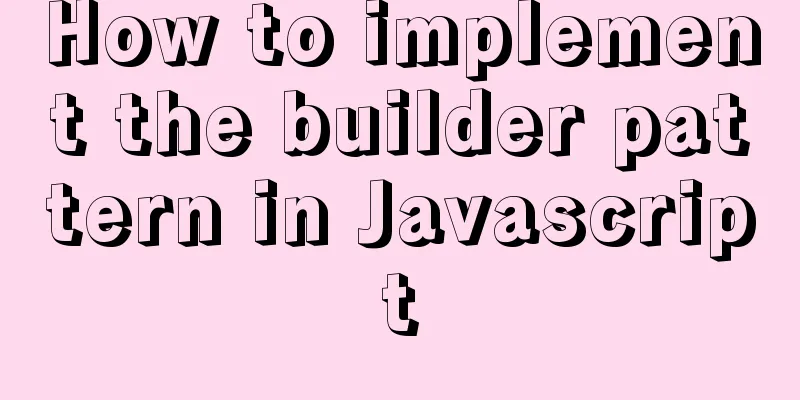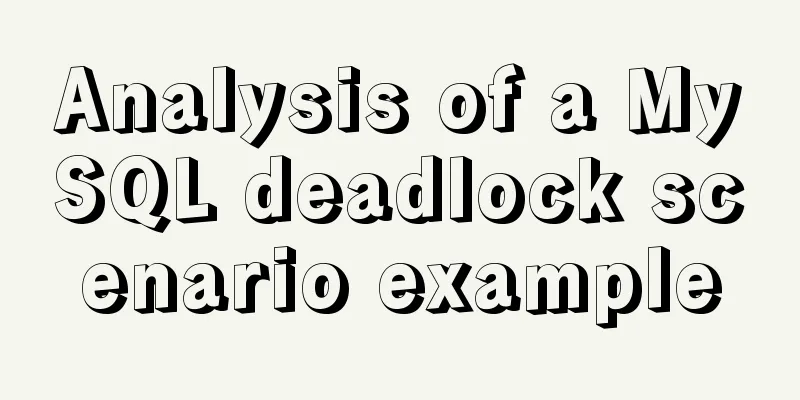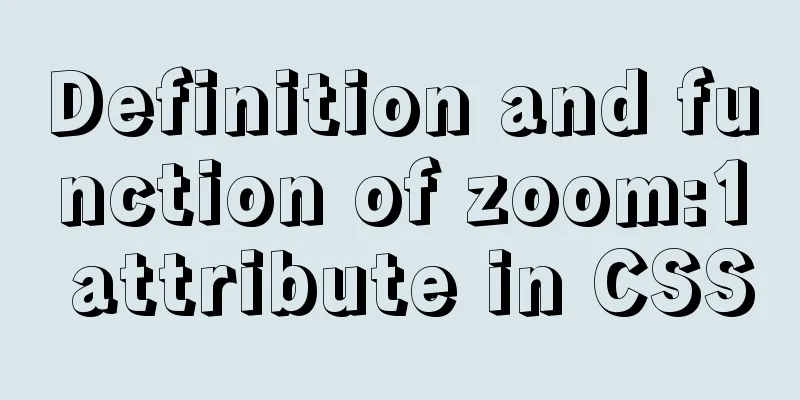The rel attribute of the HTML link tag
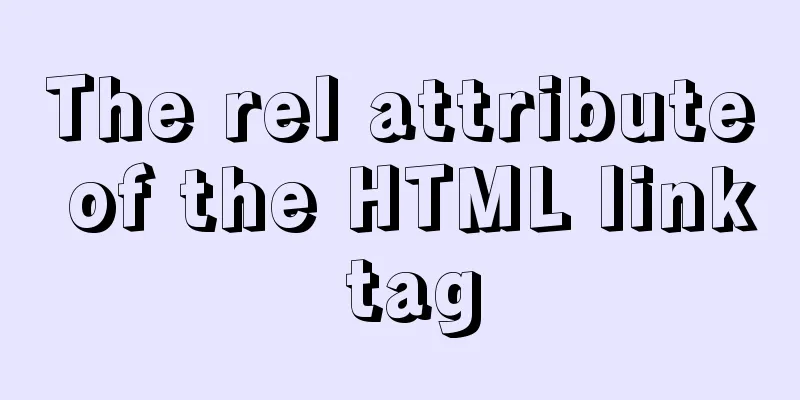
|
The <link> tag defines the relationship between the current document and other documents in the Web collection. The link element is an empty element that contains only attributes. This element can only appear in the head section, but it can appear any number of times. In HTML, the <link> tag has no closing tag. In XHTML, the <link> tag must be properly closed. In addition to the standard common attributes of HTML, the link element includes many optional attributes: charset, href, hreflang, media, rel, rev, target, title, and type . Among these attributes, target is only allowed to be used in Transitional and Frameset DTDs, while the others can be used in Strict, Transitional, and Frameset DTDs. Among these attributes, the rel attribute is the core. In this article, 123WORDPRESS.COM will introduce some rel attributes that we know, as well as the processing of some link elements in WordPress, which is suitable for novice friends to learn. 1. Calling an external style sheet(1). Display style sheetThe link tag is most commonly used to call external style sheets, such as the following: Where href is the URL of the target document, type specifies the MIME type of the target URL, and media specifies on what device the document will be displayed. (2). Printing device style sheetThe following webdesignerwall stylesheet call specifies the CSS styles for the document when it is displayed on a print device: (3). Replaceable style sheetsYou may also see stylesheet calls like the following on some web pages: This code defines an alternative style sheet that is used in conjunction with the first link element. The first defines the preferred style sheet, while this one allows the user to select an alternative style sheet. However, this replacement operation requires browser support, but many browsers such as IE do not support it. Therefore, web pages that use replacement styles generally use some JS for style sheet switching, allowing users to freely switch interface styles. Everyone should have seen this. Some websites define multiple color schemes for web pages. If WordPress users are interested, they can download Small Potato 's WPDesigner 7 WordPress theme for a trial (or check out the DEMO ). It uses a simple JS and multiple replaceable styles to allow users to change the color of the web page. For more advanced ones, you can also use JS to make the style change with time, such as displaying light colors during the day and dark colors at night. Note : Specifying media="all" for the preferred stylesheet and adding a print stylesheet will be more in line with web standards (although for normal websites, few people will want to print your pages). Palan Image does not define a print style, I will find time to do it later Note : Whether or not to use alternative styles is a matter of discretion. If only the color scheme is changed and the overall tone remains unchanged, then it is acceptable. But some friends, such as WordPress users, will enable multiple themes with completely different styles, and then use plug-ins to allow users to change freely. This may seem cool, but my advice is don't do it. Regardless of whether it affects SEO, it will make people lack a fixed image of your website. 2. Define the website favorites iconFor a detailed introduction to favicon/bookmarks icon , please refer to Baidu Encyclopedia ( 1 , 2 ). You can call it using the following code. I am still a little confused about this call, and the results of my experiment are:
Note : You can also not use this link element, but directly create a favicon.ico file and put it in the root directory of the website. Shun Ding Share: Add Apple Touch Icon to Your WebsiteiPhone or iPod Touch devices allow users to add a link to your website to the home screen. Use the following code to assign an Apple Touch icon to your website: The icon's size is 57*57 in PNG format. If not, it will be automatically scaled. And if I'm not mistaken, it doesn't have to have the beautiful rounded corners of the iPhone style. The iPhone will automatically make the icon with rounded corners gradient according to its style, such as the apple touch icon of last.fm.
For domestic users, not many people use iPhone. Even if there are many, will they put your website on the home screen? I'm afraid that's not something that our small websites can do. But just for fun, I made one for my website and added the link element. 3. The link element in WordPress(1). RSS address and Pingback addressBelow is the definition of RSS2 address, Atom address and Pingback address in the default WordPress theme. I think the specific principles are very profound and complicated, so I won’t study them. Anyway, your blog needs it, so it seems Atom can do without it? (2) Link element for remote publishingIf your theme has the <?php wp_head(); ?> function, the following two link elements will appear: These two elements are mainly used for remote publishing, for example, you use a desktop blog editor such as Windows Live Write to publish articles. If you don’t need this feature, you can delete these two elements. To delete them, open your WordPress theme’s functions.php and insert the following code at the bottom before the <?php } ?> or ?> tag: Note : You may be thinking that since it is the <?php wp_head(); ?> function that generates these two things, why not just delete it? Yes, if you don't foresee any other plugins of yours needing this function, just delete it. 4. Canonical attributes to prevent duplicate contentGoogle, Yahoo and Live Search announced around February this year that they would support a new Link attribute called Canonical , which is mainly used to specify authoritative chains for web pages to solve the problem of duplicate content . For a detailed introduction to this attribute, see Specifying Your URL Format in Google Chinese Webmaster. Here are two plugins recommended for WordPress users to add this attribute to your head section: SEO No Duplicate or Canonical URL’s . Use whichever you like. Although I said it was a complete analysis, I actually only talked about some commonly used ones, which is enough for most people. If you know other important and commonly used rel attributes, you are welcome to share them. |
<<: MySQL 8.0 New Features - Introduction to Check Constraints
Recommend
How to import/save/load/delete images locally in Docker
1. Docker imports local images Sometimes we copy ...
Writing tab effects with JS
This article example shares the specific code for...
Detailed explanation and extension of ref and reactive in Vue3
Table of contents 1. Ref and reactive 1. reactive...
Steps to modify the MySQL database data file path under Linux
After installing the MySQL database using the rpm...
Example code for implementing auto-increment sequence in mysql
1. Create a sequence table CREATE TABLE `sequence...
CSS and CSS3 flexible box model to achieve element width (height) adaptation
1. CSS realizes fixed width on the left and adapt...
Docker installation and configuration steps for Redis image
Table of contents Preface environment Install Cre...
How to implement mobile web page size adaptation
I finally finished the project at hand, and the m...
Linux steps to configure local yum source, configure domestic yum source, and configure epel source
1. Configure local yum source 1. Mount the ISO im...
Complete steps to reset the root user password in mysql8
Preface Recently, many new colleagues have asked ...
React + Threejs + Swiper complete code to achieve panoramic effect
Let’s take a look at the panoramic view effect: D...
HTML table markup tutorial (48): CSS modified table
<br />Now let's take a look at how to cl...
Implementing search box function with search icon based on html css
Preface Let me share with you how to make a searc...
Analysis of the implementation method of Nginx and Apache coexistence under Linux server
This article describes how to implement coexisten...
Difference and principle analysis of Nginx forward and reverse proxy
1. The difference between forward proxy and rever...


